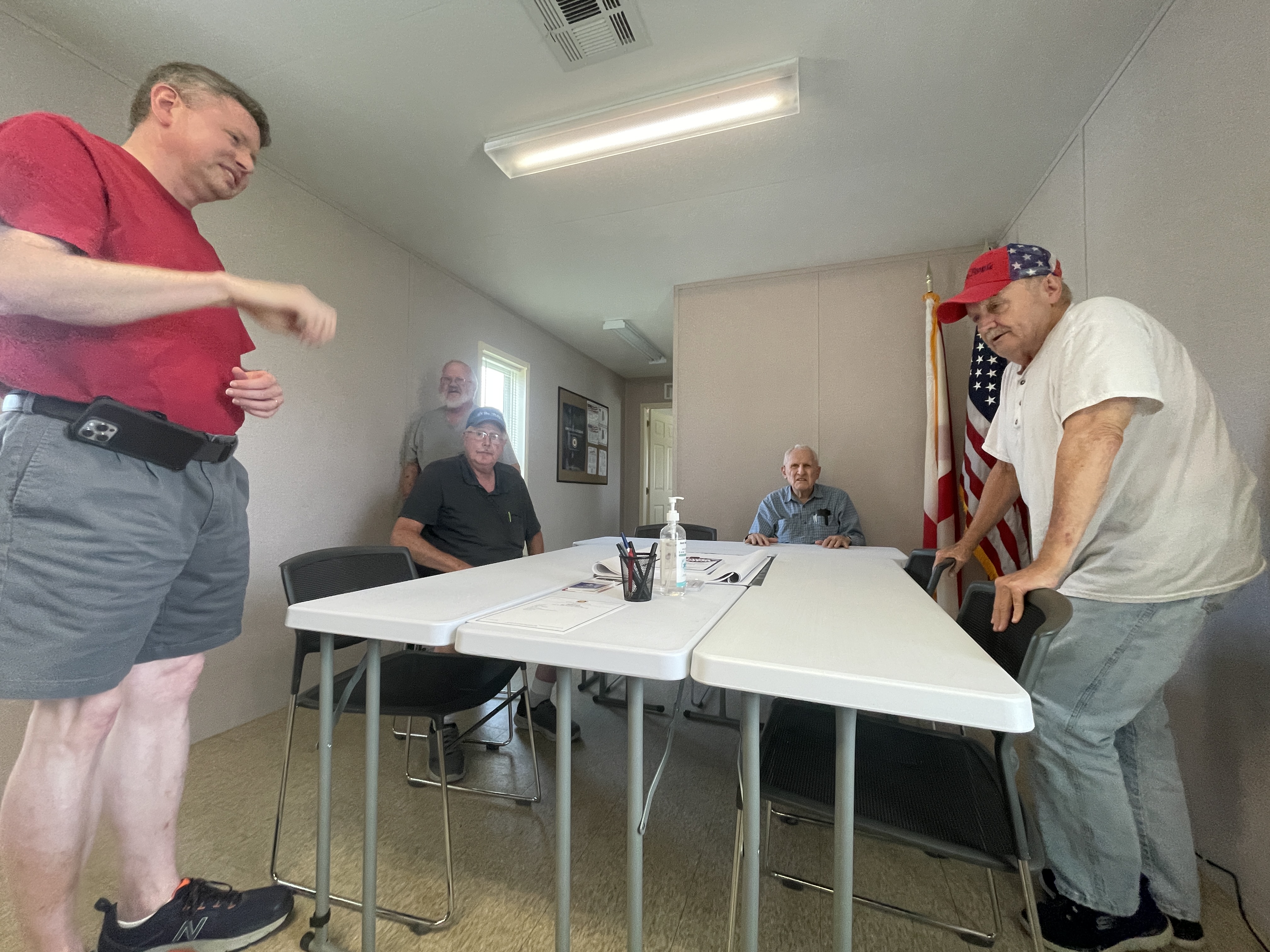Column: Colleges will racially discriminate no matter how the Supreme Court rules
Published 12:00 am Wednesday, November 2, 2022
The five hours of oral arguments the Supreme Court heard Monday concerned two cases that are momentous, even though the desirable outcomes would not prevent the losing parties from continuing reprehensible practices. The cases concern racial preferences in admissions to Harvard and the University of North Carolina. By holding that such preferences violate the Constitution’s guarantee of equal protection of the laws and the 1964 Civil Rights Act’s prohibition of racial discrimination by recipients of federal funding, the court can bolster the wholesome belief held by a large, diverse American majority: That the nation’s laws should be colorblind.
Affirmation of this precept is urgently needed by a nation saturated with the racial obsessions that identity politics encourage, especially on campuses.
The precept can block today’s expanding racial spoils system, which is perpetrated in the name of “equity.” However, a ringing denunciation of the “sordid business” of “divvying us up by race” (Chief Justice John G. Roberts Jr.’s words in a 2006 congressional redistricting case) will be unavailing: Colleges will continue allocating opportunity through racial discrimination, thus continuing their adversarial stance regarding the national aspiration for a colorblind society.
In 1978, in the Supreme Court’s first consideration of universities’ racial preferences, four justices considered them permissible to compensate for historical injuries and current disparities. Four justices opposed preferences as unjust discrimination. Justice Lewis F. Powell Jr. put the nation on the descending path to today’s dilemma by holding that race could be one “plus factor” in admissions, but only to serve society’s compelling interest in diverse student bodies.
In two 2003 cases from the University of Michigan, the court ruled against the undergraduate admission policy of adding 20 points to each Black applicant’s admissions index (the equivalent of adding a full letter grade to the Black applicant’s record).
But the court upheld the law school’s practice, which avoided such inconvenient explicitness: The law school considered race as part of what the court called a “holistic” evaluation of applicants.
The court thereby endorsed a vocabulary that can nullify the legal consequences of any ruling against racial preferences. Preferences continue if the sordidness is obscured by a semantic fog.
The suits against Harvard and North Carolina are brought by Students for Fair Admissions, some Asian American students challenging the indisputable bias against Asian Americans, the nation’s most academically able demographic cohort. SFFA says: “An Asian American in the fourth-lowest decile [of Harvard’s academic index] has virtually no chance of being admitted to Harvard (0.9%); but an African American in that decile has a higher chance of admission (12.8%) than an Asian American in the top decile (12.7%).”
If SFFA wins, universities will accelerate their abandonment of standardized tests (e.g., the SAT). This will help institutions hide discriminatory practices in an opaque “holistic” process.
Nineteen years ago, the court said: “We expect that 25 years from now, the use of racial preferences will no longer be necessary.”
Actually, preferences will flourish forever unless the court undoes the damage it did in 2003 by saying, in effect, that the Constitution guarantees equal protection of the laws only until a university claims “educational benefits” from ignoring the guarantee, at the expense of some disfavored minority.
Today’s multibillion-dollar “diversity industry” of consultants and academic bureaucrats is part of the damage.
The diversity rationale for racial discrimination in admissions — in 1978 the court cheerfully anticipated a “robust exchange of ideas” — is mocked by campuses that offer racially segregated dormitories, graduation ceremonies, etc. And by the survey of Harvard’s class of 2025 showing that 72.4% are predominantly liberal, and 8.6% are very or somewhat conservative. And by the fact that since the court embraced the “diversity” rationale for racial discrimination, universities have become markedly more intellectually monochrome and intolerant.
Last June, progressives wanted a plebiscitary Supreme Court — i.e., not a real court — that would follow public opinion by preserving Roe v. Wade. Today, progressives want the court to ignore public opinion regarding racial preferences:
In 1996, Californians voted 54.6% that the state “shall not discriminate against, or grant preferential treatment to,” any individual or group on the basis of race in public education. In 2020, a much bluer and more diverse California was asked to repeal the 1996 proposition.
Instead, Californians endorsed it more emphatically (57.2%). A national Pew Research Center poll in April found 74% hostile to racial preferences, including Hispanics (68%), Asians (63), Blacks (59), Republicans (87) and Democrats (62).
The sordid business of divvying us up by race has brought us together in opposition to it.





